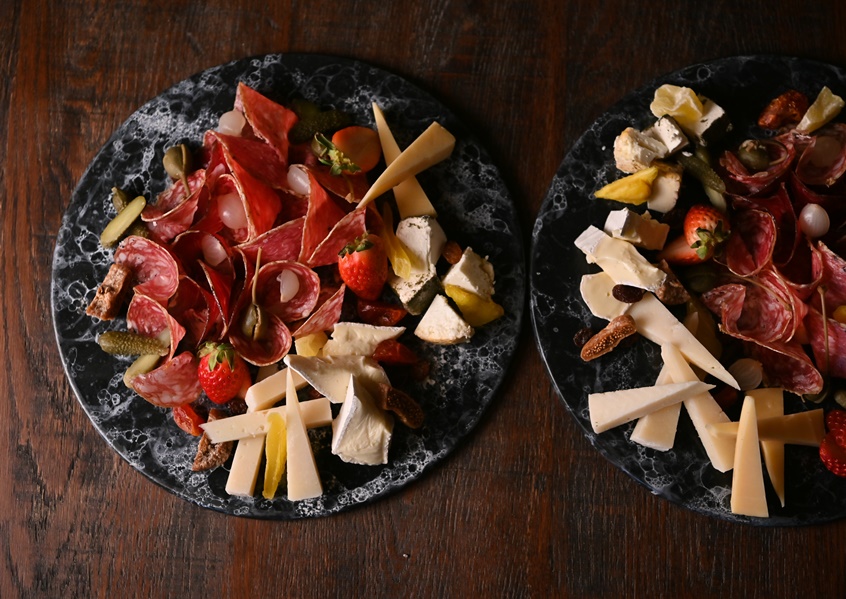The Art of Thai Culinary Presentation
Aesthetic displays
Plating is an art that elevates a dish from merely tasty to truly memorable. When it comes to meats, presenting them well can enhance the dining experience significantly. Here are some essential plating techniques to help you showcase meats like a pro.

Create Height on the Plate
One effective way to make a meat dish look more appealing is by creating height. Stacking or layering components of the dish can give it a dynamic and professional appearance. For example, place a piece of meat on top of a bed of mashed potatoes or vegetables. You can also use crispy elements like onion rings or a sprig of herbs to add height. This technique not only makes the dish visually interesting but also helps in portion control, making the plate look fuller and more satisfying.
Cut Meat Horizontally
Cutting meat horizontally, especially thicker cuts, can make for a striking presentation. This method reveals the juicy, tender interior and can be used to show off the doneness of the meat. Slices can be fanned out across the plate or stacked slightly offset from one another. This technique is particularly effective for meats like steak, roast, or pork tenderloin, where the inside color and texture contrast beautifully with the seared exterior. This technique is used at restaurants like Age Restaurant Phuket.
Play with Textures
Incorporating various textures into a dish can make it more exciting and enjoyable to eat. Pairing a tender piece of meat with crunchy vegetables, creamy sauces, or crispy garnishes as done at Phuket restaurants creates a delightful contrast. Think of combining a succulent lamb chop with a crispy parsnip chip or a smooth, velvety puree. This not only enhances the taste but also makes each bite a new experience, keeping the diner engaged and satisfied throughout the meal.
Match Presentation to the Restaurant Theme
The presentation of a meat dish should reflect the restaurant’s theme and style. A rustic, hearty meal might look out of place in a sleek, modern setting, and vice versa. For a contemporary restaurant, consider minimalist plating with clean lines and simple garnishes. For a more traditional or rustic venue, a generous, hearty presentation with robust accompaniments might be more appropriate. Aligning the plating style with the restaurant’s ambiance ensures a cohesive dining experience that resonates with the overall theme and decor.
Related posts
Archives
Categories
- Appetizers (28)
- Arab (48)
- Bars (35)
- Burmese (6)
- Café (26)
- Casual Dining (40)
- Chinese (37)
- Coffee House (30)
- Desserts (40)
- Destination Dining (388)
- Diner (29)
- Family Restaurants (73)
- Fast Food (67)
- Fine Dining (526)
- Food Facts (225)
- Healthy Food (110)
- Hong Kong (10)
- Indonesian (15)
- Italian (2)
- Japanese (17)
- Main Dishes (64)
- Maldivian (73)
- Miscellaneous (8)
- Miscellaneous Topics (395)
- Palate (69)
- Recipes (97)
- Restaurants (208)
- Sea Food (101)
- Singaporean (34)
- Sri Lankan (62)
- Steaks & Grill (71)
- Street Food Stalls (154)
- Thai (94)
- Types of Cuisines (122)
- Vegan (63)
- Vegetarian (10)
- Vegeterian (39)
- Vietnamese (22)
- Western (11)
